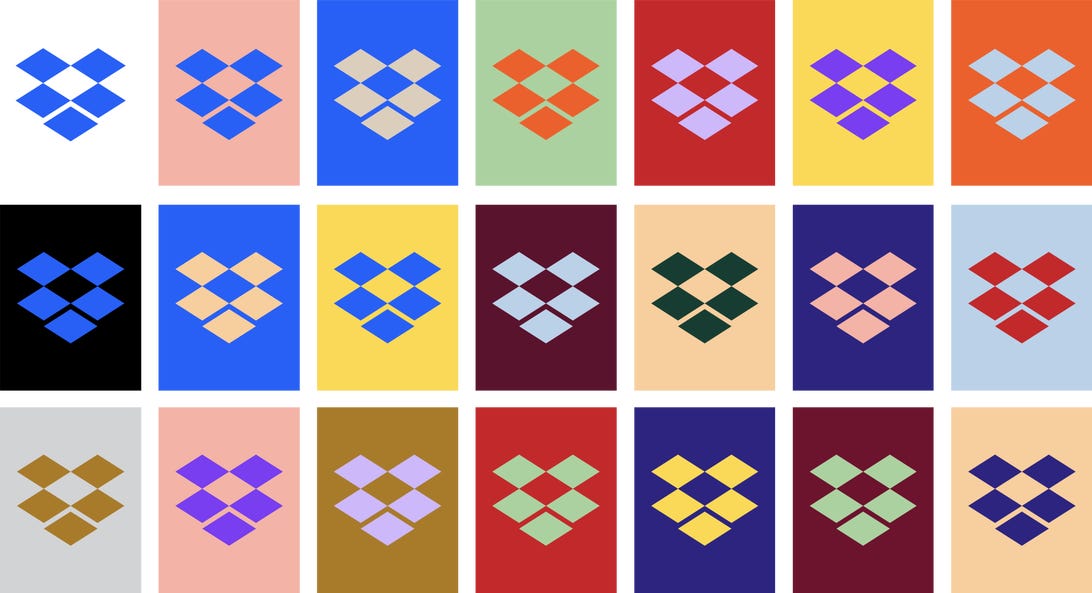By Ian Sherr
Are you going to buy a virtual reality headset?
Seriously. Are you?
I’m not the only one who wants to know. The VR industry is having an awkward moment. Though headset makers have spent years and billions of dollars promising world-changing technology, relatively few of us have actually lined up to buy them.
That sales problem is likely to be among the things discussed at the fourth annual conference for one of the darlings of VR, Oculus, which Facebookbought three years ago for as much as $3 billion. More than 2,500 app and game makers are expected to attend its annual developers conference, called Oculus Connect, starting Wednesday in San Jose, California.
Facebook’s Oculus VR division promises discussions on how health care, movies and video games are adapting to this still nascent technology. One panel will explore how the disability community can benefit from VR gear and presentations.
The talk underscores the potential of VR. Yes, the high-end headsets are bulky and need special setup and long thick cables tethered to big PCs. They’re expensive too, with Oculus’ Rift costing $499 and requiring a $500 PC before you can get set up. But after you put on those VR goggles — basically strapping a screen inches from your eyes — your brain can be tricked into believing you’ve been transported to whatever computer-generated world you want.
You could be in the middle of a massive space battle or dive to the bottom of a shipwreck and come face to face with a blue whale. Or you could watch cartoon bunnies hack your brain. Maybe you want to meet people from around the world and chat while hanging out on a idyllic beach.
For some people, VR is more than that. Rae O’Neil, a 34-year-old IT worker from Nova Scotia, had always been fascinated with VR. But it was her grandfather’s reaction to the Rift that made its promise clear.
In his 80s and disabled after losing a leg a few years prior, he put on the headset and began using an app called Blue Marble, which lets you float in space, looking at planets while music plays in the background.
“He felt like he was actually in space,” she recalled. It brought a tear to her grandfather’s eye.
Those kind of otherworldly experiences helped convince Facebook CEO Mark Zuckerberg to buy Oculus after trying a prototype of the headset back in 2014.
“Virtual reality was once the dream of science fiction,” Zuckerberg wrote on his social network after buying the startup. Back then, he said, VR had the potential to remake everything from education to medicine to communications, just like the phone and computer had done in their day. “The future is coming.”
It still is.
From hype to trough
Oculus’ flagship Rift headset hit store shelves in March 2016, with so much hype leading up to the launch that even then-President Barack Obama gave it a whirl as part of a virtual tour of the White House.
But a lot of people still haven’t bought in.
Facebook’s been tight-lipped about shipments, but several people familiar with Oculus said that fewer than a quarter million Rift headsets were sold during their first year on the market. Facebook declined to comment on Rift sales.
But the company signaled its frustration with the anemic interest when it pulled Rift demo stations from hundreds of Best Buy stores around the country in February.
Then, the social media giant cut the headset’s price. Twice. It was being sold for $400, a third less than its original price, for six weeks over the summer before jumping back up to $499.
The company’s chief competitors, Sony and HTC, followed suit. The PlayStation VR dropped to $400 from $500, and the Vive dropped to $599 from $799 all in the past three months.
The price cuts were enough to juice demand for Oculus, two people familiar with the company said. Though current total tallies couldn’t be learned, at least a million units are estimated to have been sold.
Sony, by comparison, says it sold more than a million units of the PlayStation VR as of June, just eight months after going on sale. HTC didn’t respond to a request for sales data.
The question of demand is causing some VR game and app developers to worry about their future.
“It’s not happy sunshine and rainbows,” said James Iliff, co-founder and creative chief at VR game maker Survios, which made early hit shooters Zombies on the Holodeck and Raw Data, one of the first VR games to rack up $1 million in sales. “We are very much in a trough of disillusionment.”
That “trough of disillusionment” comes from the “Hype Cycle,” a theorypopularized by research firm Gartner and whose stages have become mantra in Silicon Valley. The goal of the Hype Cycle is to chart the expectations and emotions around products as they’re introduced, innovated upon and eventually adopted — or not.
In the beginning, there’s the “Innovation Trigger,” when new tech is introduced. Then hype and excitement begin to build until the new thing eventually hits the “Peak of Inflated Expectations.” That’s followed by the crash into the “Trough of Disillusionment.” (Gartner says VR is nearly out of that stage and headed into the “Slope of Enlightenment,” just before mass adoption.)
Iliff and his co-founders worked on early VR research before Oculus was founded. He felt expectations were getting too high, particularly in the media, and expected a backlash of sorts. So, he’s prepared.
This month, for example, Survios made Raw Data more widely available for Oculus, Vive and PlayStation VR. Survios is also looking beyond VR for customers, redesigning Raw Data to work in arcades as well.
“The game industry is hard, it is a tough industry, and that is not going away,” he said. “That’s the same for VR.”


